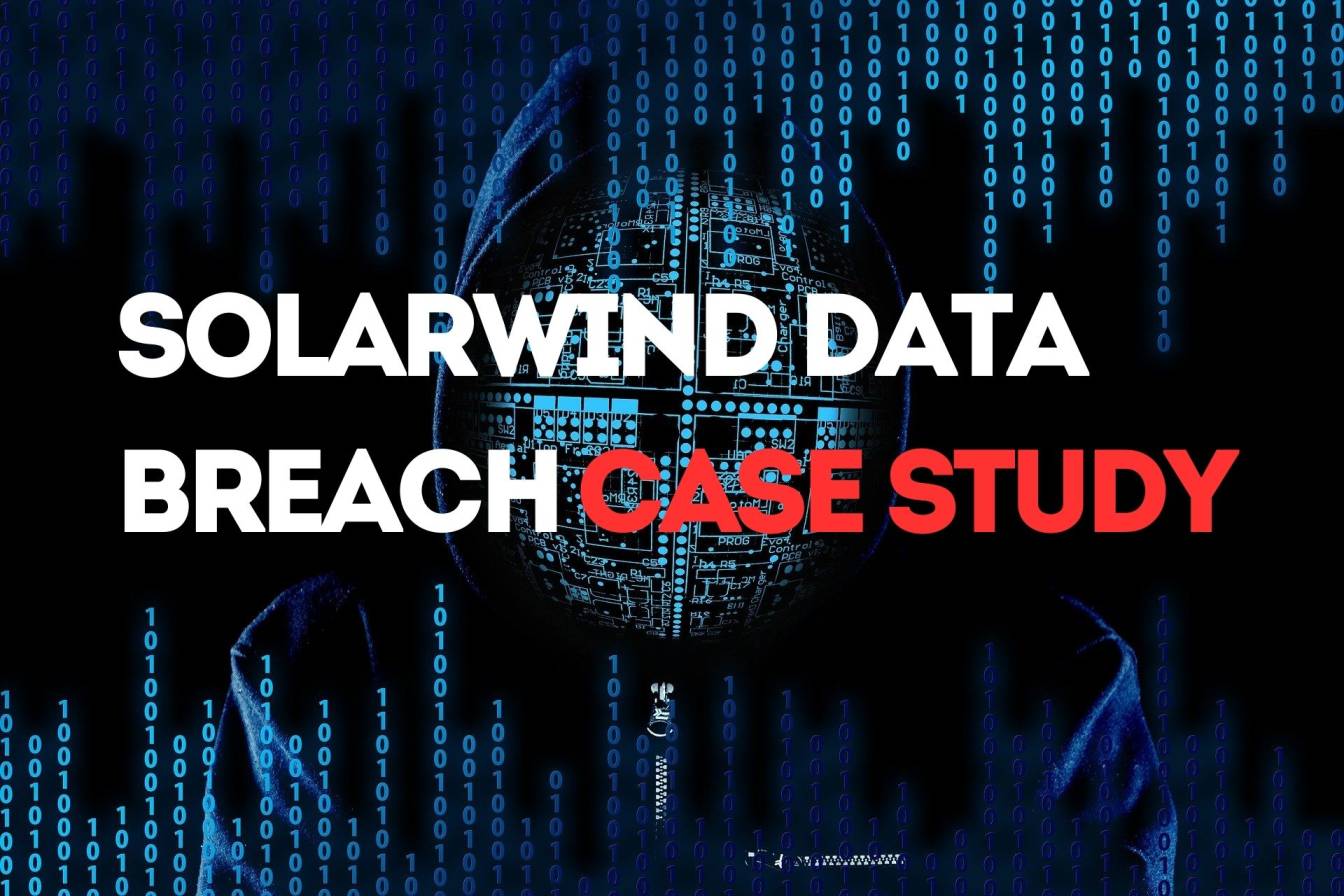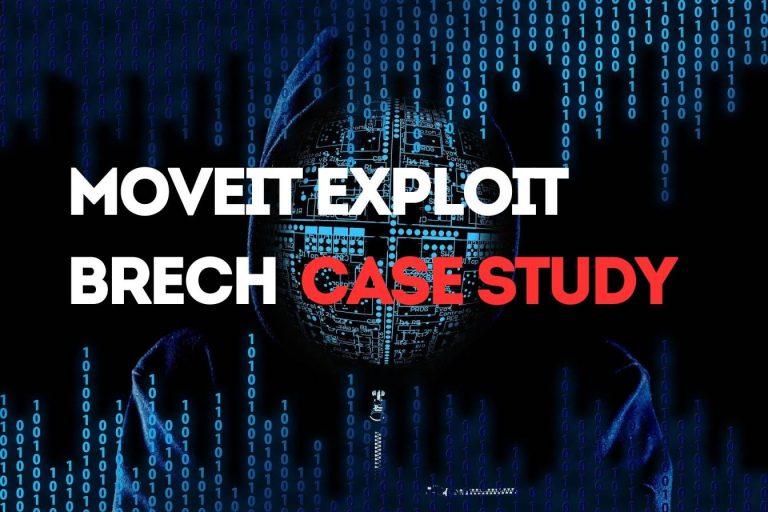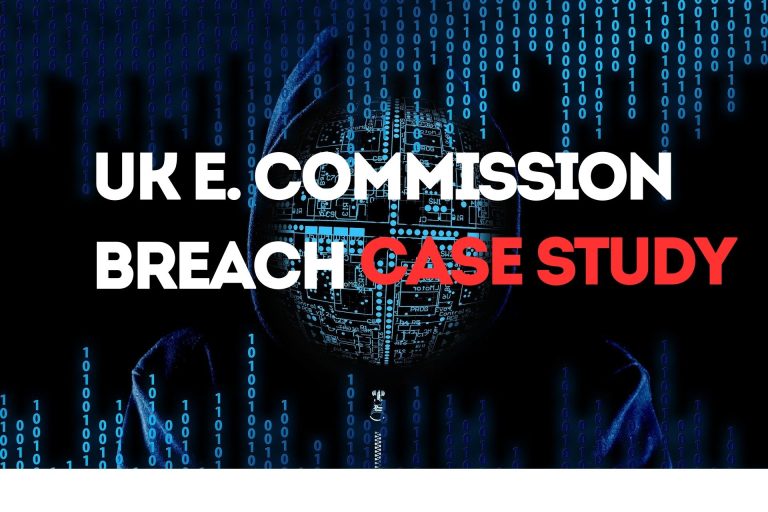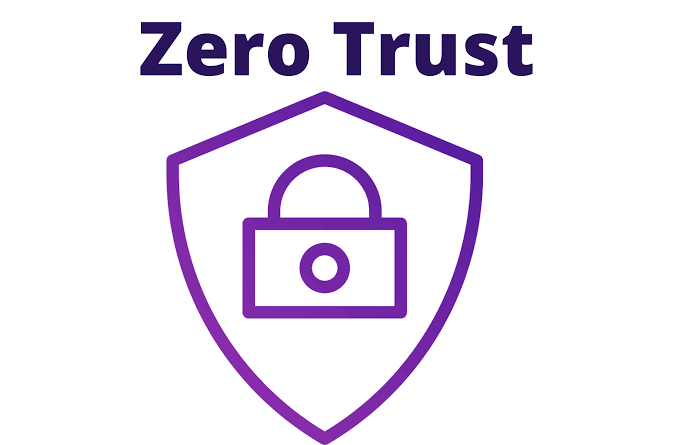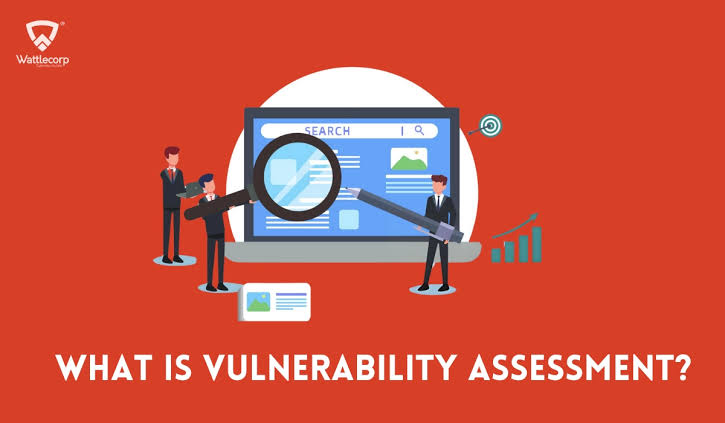In December 2020, the world was shaken by a cyberattack that has been termed one of the most sophisticated and severe in history: the SolarWinds cyberattack. This incident highlighted vulnerabilities not only in technology but also in cybersecurity practices across multiple industries and government agencies. This article will explore the details of the attack, its implications, and the lessons learned to bolster defenses against future threats.
Background: What is SolarWinds?
SolarWinds is a Texas-based IT management company that provides software solutions for managing computer networks and systems. Its flagship product, Orion, is widely used by organizations for IT infrastructure management. As of the attack, SolarWinds had over 300,000 customers, including numerous U.S. government agencies and Fortune 500 companies. This made it an attractive target for malicious actors seeking to exploit the trust placed in its software.
The Attack Unfolds
The SolarWinds attack began with a sophisticated supply chain compromise. Attackers, believed to be state-sponsored (with strong indications pointing towards Russia), infiltrated SolarWinds’ systems and inserted malicious code into the Orion software updates. This malware, known as “SUNBURST,” was then distributed to SolarWinds customers when they installed the compromised updates.
The attackers exploited the trust relationships between SolarWinds and its clients. Organizations unknowingly installed the backdoor in their systems, allowing the hackers to gain access and control over sensitive data. Once inside, the attackers could move laterally within networks, accessing more systems and information.
Scope of the Breach
The scale of the breach was staggering. Initial estimates suggested that up to 18,000 customers installed the compromised updates, but the attackers primarily targeted a select group of organizations for further exploitation. Notably, several U.S. government agencies, including the Department of Homeland Security, the Department of Treasury, and the Department of Commerce, were affected. Additionally, major corporations, such as Microsoft and FireEye, also fell victim.
The attackers remained undetected for months, demonstrating advanced techniques to hide their presence and maintain persistence within the networks. It wasn’t until cybersecurity firm FireEye discovered that its own systems had been compromised that the attack came to light.
Impact and Consequences
The SolarWinds cyberattack had far-reaching implications, both for the affected organizations and for the broader cybersecurity landscape. Here are some key impacts:
- National Security Threat: The breach posed a significant threat to national security. The attackers had access to sensitive government communications and data, potentially allowing them to gather intelligence or disrupt critical operations.
- Financial Costs: Organizations faced substantial financial implications due to remediation efforts, regulatory fines, and reputational damage. The costs of investigating and recovering from the breach were enormous, further straining resources during a time when many were already dealing with the COVID-19 pandemic.
The SolarWinds hack, one of the most significant cybersecurity incidents, had a severe financial impact on the company and its clients. Insured losses from this breach were estimated to reach $90 million, covering costs such as incident response and forensic investigations for impacted companies that held cyber insurance - Trust Erosion: The attack eroded trust in software supply chains. Organizations and government agencies were forced to reevaluate their reliance on third-party vendors, highlighting the need for robust vetting and monitoring processes.
- Regulatory Changes: The incident prompted discussions about the need for stronger cybersecurity regulations. In response, various government bodies proposed new measures to enhance cybersecurity, particularly for critical infrastructure and federal agencies.
Lessons Learned
The SolarWinds cyberattack provided several crucial lessons for organizations looking to strengthen their cybersecurity posture:
- Supply Chain Security: Organizations must prioritize supply chain security. This involves conducting thorough assessments of third-party vendors, understanding their security practices, and continuously monitoring for vulnerabilities.
- Incident Response Plans: A well-defined incident response plan is vital. Organizations should regularly update their plans and conduct drills to ensure they are prepared to respond effectively to cybersecurity incidents.
- Monitoring and Detection: Implementing advanced monitoring solutions can help organizations detect anomalies and potential breaches in real time. Continuous network monitoring and threat intelligence sharing are critical in identifying and mitigating threats early.
- User Education and Awareness: Employee training is essential in the fight against cyber threats. Organizations should invest in regular cybersecurity training programs to educate employees about the risks and best practices.
- Zero Trust Architecture: Adopting a zero trust security model, which assumes that threats could be present both inside and outside the network, can enhance security. This involves strict access controls, continuous verification, and minimizing trust assumptions.
Government and Industry Response
In the wake of the SolarWinds attack, both government and industry leaders recognized the need for a coordinated response to strengthen cybersecurity. The Biden administration announced a series of initiatives aimed at bolstering national cybersecurity, including:
- Cybersecurity Executive Order: In May 2021, President Biden signed an executive order aimed at improving the nation’s cybersecurity posture. This order called for enhanced security requirements for software vendors and emphasized the importance of information sharing among government agencies and private sector organizations.
- Federal Cybersecurity Strategy: The federal government began to develop a comprehensive cybersecurity strategy that emphasizes collaboration, threat intelligence sharing, and a focus on critical infrastructure protection.
- Increased Funding: The federal government allocated additional funding for cybersecurity initiatives, allowing agencies to improve their security capabilities and better protect sensitive data.
- Partnerships with Private Sector: The government sought to strengthen partnerships with the private sector, recognizing that much of the critical infrastructure is owned and operated by private entities. Collaborative efforts aimed to improve overall cybersecurity resilience.
The Future of Cybersecurity
The SolarWinds incident serves as a stark reminder of the evolving threat landscape in cybersecurity. As technology continues to advance, so do the tactics of cybercriminals. Organizations must remain vigilant and proactive in their approach to cybersecurity.
- Investment in Technology: Organizations should invest in advanced cybersecurity technologies, such as artificial intelligence and machine learning, to enhance threat detection and response capabilities.
- Cyber Hygiene Practices: Implementing basic cyber hygiene practices, such as regular software updates, strong password policies, and multi-factor authentication, can significantly reduce vulnerabilities.
- Collaboration Across Industries: Cybersecurity is a collective responsibility. Organizations must collaborate across industries, sharing information and best practices to stay ahead of emerging threats.
- Ongoing Training and Awareness: Continuous education and awareness programs are crucial in fostering a culture of cybersecurity within organizations. Employees should feel empowered to recognize and report suspicious activities.
Conclusion
The SolarWinds cyberattack was a watershed moment in the field of cybersecurity, revealing vulnerabilities that extend beyond individual organizations to the very fabric of trust in the technology supply chain. It underscored the necessity for a proactive, multi-faceted approach to cybersecurity, involving collaboration between government, industry, and individuals.
As organizations continue to grapple with the lessons learned from SolarWinds, the incident will serve as a catalyst for change, pushing for improved security measures and a heightened awareness of the ever-present cyber threats. The future of cybersecurity will depend on our ability to adapt, learn, and evolve in response to these challenges, ensuring that we remain one step ahead of malicious actors.
